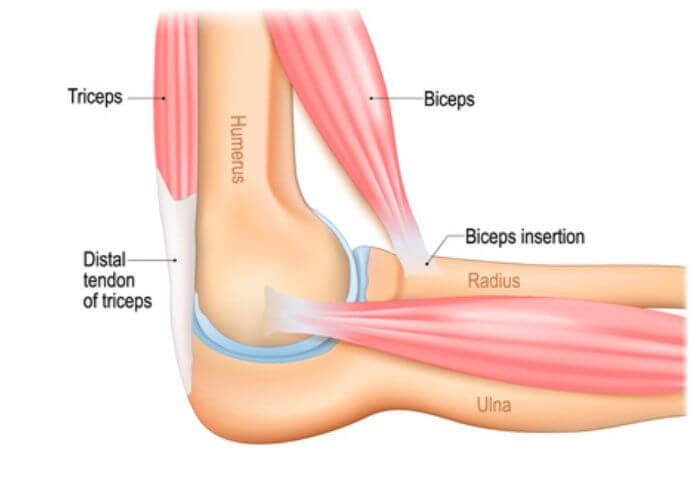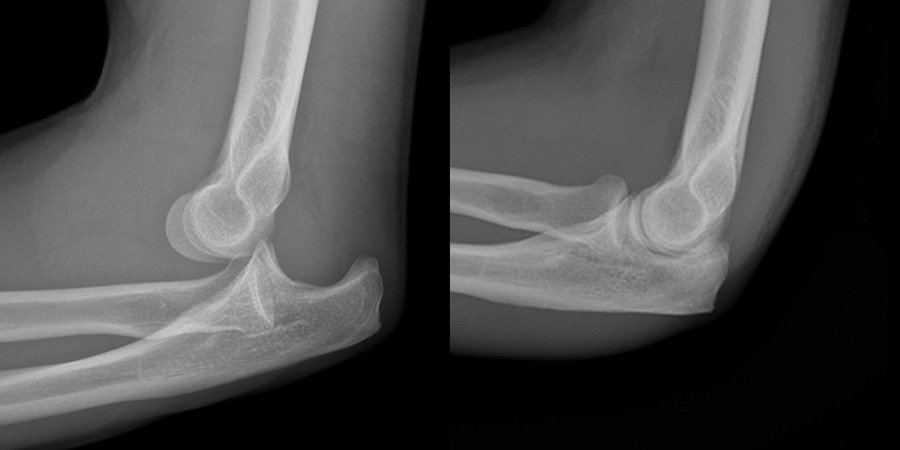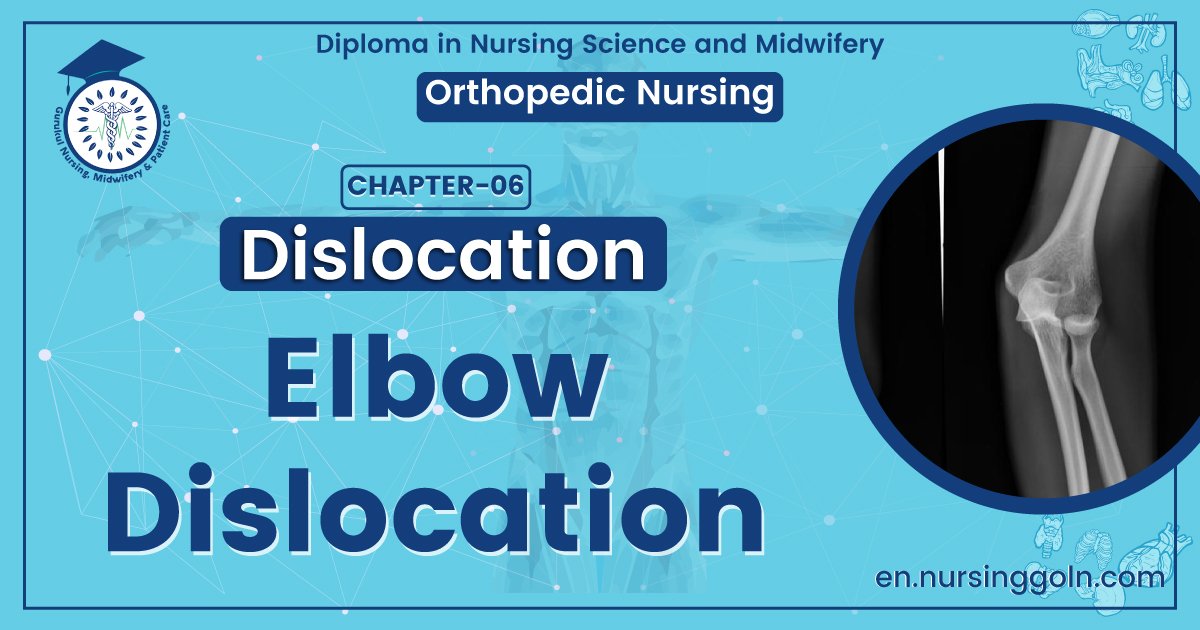Elbow Dislocation – An orthopedic nurse is a nurse who specializes in treating patients with bone, limb, or musculoskeletal disorders. Nonetheless, because orthopedics and trauma typically follow one another, head injuries and infected wounds are frequently treated by orthopedic nurses.
Ensuring that patients receive the proper pre-and post-operative care following surgery is the responsibility of an orthopedic nurse. They play a critical role in the effort to return patients to baseline before admission. Early detection of complications following surgery, including sepsis, compartment syndrome, and site infections, falls under the purview of orthopedic nurses.
Elbow Dislocation
Anatomy of the elbow joint:

Clinical features of elbow dislocation:
1. Severe pain.
2. Swelling.
3. Deformity.
4. Severe loss of movements of the elbow.
5. Rarely there could be features of neurovascular injuries.
[Ref-John Ebnezar’s “Textbook of Orthopedics” 4th edition page-157]
Classifications of elbow dislocation:
Stimson’s described elbow dislocation with respect to the position of radioulnar unit to the distal humerus:
Proximal radioulnar joint intact
A) Posterior (90%)
1) Posterolateral.
2) Posteromedial.
B) Anterior
C) Medial
D) Lateral

Proximal radioulnar joint disrupted (divergent dislocation).
A) Anteroposterior:
3) Radius is anterior.
4) Ulna is posterior
B) Medial lateral (transverse) 1) Radius is lateral.
2) Ulna is medial.
[Ref-John Ebnezar’s “Textbook of Orthopedics” 4th edition page-157]
Treatment of elbow dislocation:
- Conservative treatment: Conservative treatment by closed reduction under general anesthesia is attempted first and reduction by operative methods is reserved for those rare cases of failed closed reduction.
- Stimson’s principles of closed reduction: According to Stimson, the effective methods of overcoming the muscle forces are:
- Step I: Traction along the long axis of the humerus to Stimson, the contraction of biceps, brachialis and triceps muscles.
- Step II: Once these forces are neutralized, second force along the long axis of forearm is employed to pull the proximal radius and ulna back into position.
[Ref-John Ebnezar’s “Textbook of Orthopedics” 4th edition page-158]
Complications of elbow dislocation:
1. Neurological injuries.
2. Myositis ossifications (Heterotopic ossification).
3. Arterial injuries.
4. Recurrent dislocation.
5. Proximal radioulnar translation.
6. Osteochondral fracture.
7. Unreduced dislocation.

[Ref-John Ebnezar’s, “Textbook of Orthopedics”, 4th edition, page- 160,161]
Read more:
